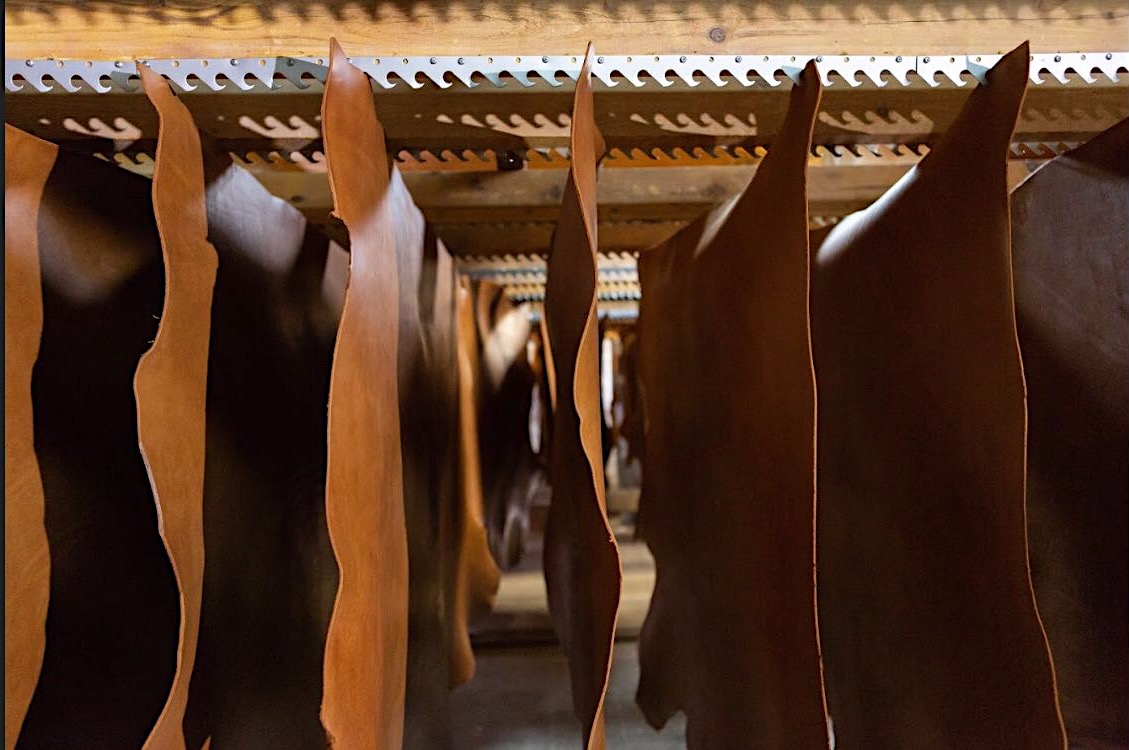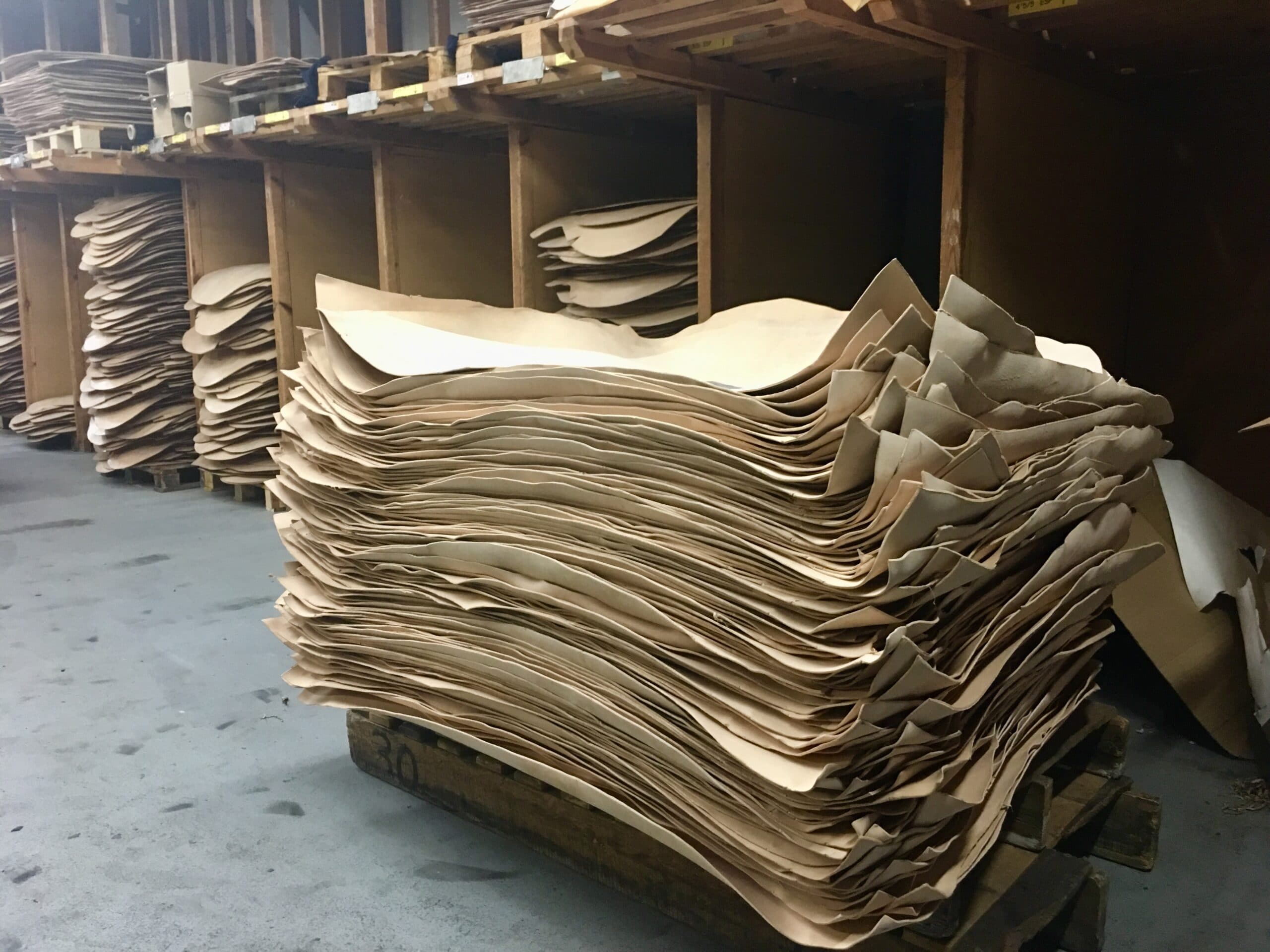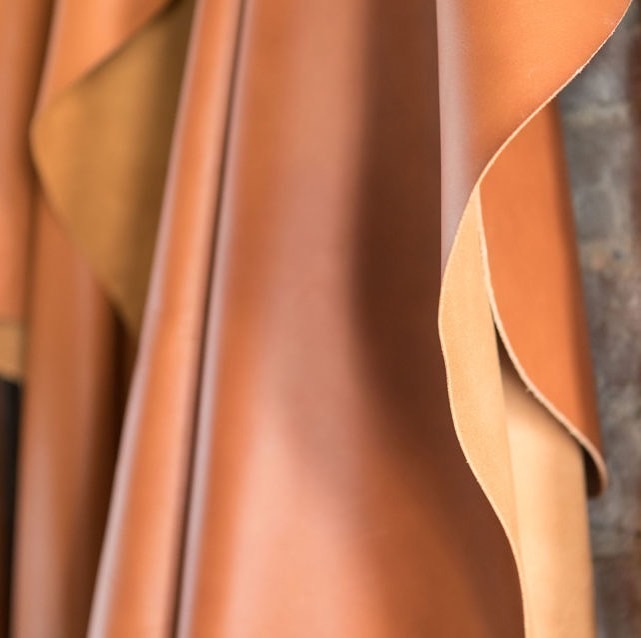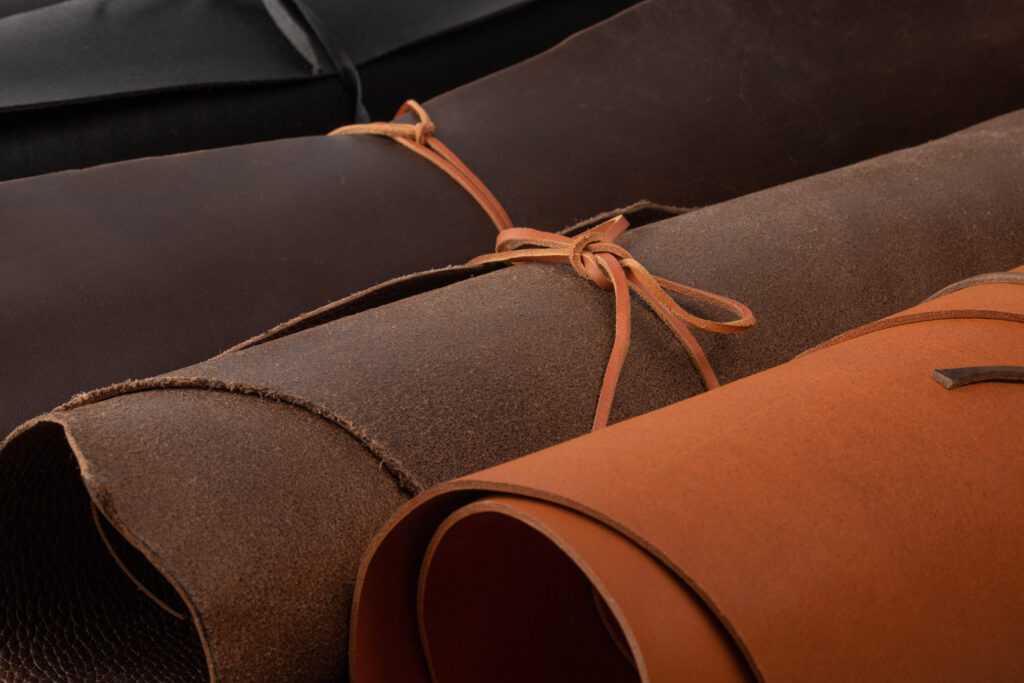Eco-friendly belts
At Nona|bcn we are artisans who specialize in designing and producing belts for women. We create unique pieces exclusively made of the highest quality cowhide, obtained through an ecological and environmentally sustainable process such as vegetable tanning.

Vegetable tanning.
Vegetable tanning is a centuries-old traditional method that works with leather tanning using vegetable extracts: Mimosa (for the yellow ones), Chestnut (for the brown ones) and Quebracho (for the red ones) that are obtained from trees and shrubs. It is undoubtedly the most environmentally friendly leather tanning method, as it does not use chromium, unlike other processes. In recent years, a change in trend has been observed in favor of the environment and the protection of natural resources that places vegetable tanning as an eco-friendly, sustainable and very attractive alternative.
The vegetable tanning process creates a flexible natural-feeling leather with a color that constantly evolves with time and use, giving that wonderful aging feeling and making each of the Nona|bcn belts a unique and individual piece for the user.

This is not so much a science as a skill, a bit like cooking and knowing how much of each spice to add to get the desired effect. Additional finishes (oil finish, waxes, etc.) are also applied following this traditional process and once the leather is dry from their initial tan, they return to a drum where the oils and waxes are added.
Vegetable tanning uses little or no chemicals, only a little aniline dye (soluble) is added after the initial vegetable tanning process to create colors like blue and green or to work on waterproofing. Vegetable tanned eco leather is fully compostable – you could plant your belt and over time it will biodegrade and become part of the soil. With this type of tanning we obtain leathers of excellent quality, great resistance and durability that allow us to create leather belts of extraordinary value. Although tanning in general requires the use of a lot of water, the water used in the process is very easily purified and reinvested in the system.

Most of the hides we use come from France and are tanned in tanneries in Italy and especially in our city, Igualada, internationally recognized as the European Capital of Quality Leather. This process ensures that the leather we use to make our belts have been produced under criteria of quality and protection of the environment, very demanding and necessary for the protection of the planet.
This entire tanning process is still a recycling industry for a by-product of the meat industry, the skin. Destroying the skins that are generated in the meat industry would have an incalculable economic and environmental cost. With the tanning process, a long and laborious process, an animal by-product is transformed into a noble and genuine product, which gives great value to high-quality products from the world of leather goods, such as the Nona|bcn belts: ecological leather belts, unique and exclusive that last over time.

Eco-friendly belts
At Nona|bcn we are artisans who specialize in designing and producing belts for women. We create unique pieces exclusively made of the highest quality cowhide, obtained through an ecological and environmentally sustainable process such as vegetable tanning.


Vegetable tanning.
Vegetable tanning is a centuries-old traditional method that works with leather tanning using vegetable extracts: Mimosa (for the yellow ones), Chestnut (for the brown ones) and Quebracho (for the red ones) that are obtained from trees and shrubs. It is undoubtedly the most environmentally friendly leather tanning method, as it does not use chromium, unlike other processes. In recent years, a change in trend has been observed in favor of the environment and the protection of natural resources that places vegetable tanning as an eco-friendly, sustainable and very attractive alternative.
The vegetable tanning process creates a flexible natural-feeling leather with a color that constantly evolves with time and use, giving that wonderful aging feeling and making each of the Nona|bcn belts a unique and individual piece for the user.
This is not so much a science as a skill, a bit like cooking and knowing how much of each spice to add to get the desired effect. Additional finishes (oil finish, waxes, etc.) are also applied following this traditional process and once the leather is dry from their initial tan, they return to a drum where the oils and waxes are added.
Vegetable tanning uses little or no chemicals, only a little aniline dye (soluble) is added after the initial vegetable tanning process to create colors like blue and green or to work on waterproofing. Vegetable tanned eco leather is fully compostable – you could plant your belt and over time it will biodegrade and become part of the soil. With this type of tanning we obtain leathers of excellent quality, great resistance and durability that allow us to create leather belts of extraordinary value. Although tanning in general requires the use of a lot of water, the water used in the process is very easily purified and reinvested in the system.


Most of the hides we use come from France and are tanned in tanneries in Italy and especially in our city, Igualada, internationally recognized as the European Capital of Quality Leather. This process ensures that the leather we use to make our belts have been produced under criteria of quality and protection of the environment, very demanding and necessary for the protection of the planet.
This entire tanning process is still a recycling industry for a by-product of the meat industry, the skin. Destroying the skins that are generated in the meat industry would have an incalculable economic and environmental cost. With the tanning process, a long and laborious process, an animal by-product is transformed into a noble and genuine product, which gives great value to high-quality products from the world of leather goods, such as the Nona|bcn belts: ecological leather belts, unique and exclusive that last over time.





 No products in the cart.
No products in the cart.